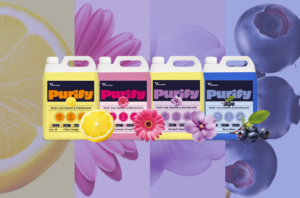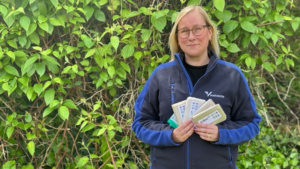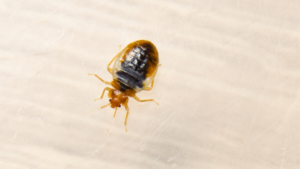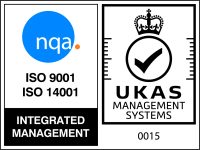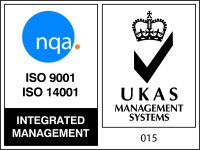Hygiene professionals have a myriad of products at their disposal, but with so much on the market, it’s not always easy to gauge the efficacy of any particular chemical. This is especially true when it comes to gauging and verifying claims of long-term disinfection. However, by looking to the label and beyond, a cleaner can make an informed decision about what product is best suited to their needs and, more importantly, those of their client or customer.
Look at the Label
Before attempting to judge the possible long-term efficacy of any disinfecting product, a cleaner or hygiene professional should take a close look at its labelling. Terms such as ‘continuous disinfection’ or ‘long-lasting disinfection’ are often used on product labelling, but it is a cleaner’s responsibility to understand the meaning behind them. For example, a product may claim that it kills 99.9 percent of flu viruses on contact or over a given amount of time. This is a reference to both a kill rate — which is essentially the rate at which pathogens are destroyed — and the kind of pathogens (i.e., viruses rather than bacteria), that a product purports to be effective against. As Cleaning Maintenance & Management highlights, cleaners should also be aware that there is a difference between antimicrobials — that is, products that are effective against a range of pathogens — and antibacterials, which are effective only against bacteria. In short, cleaners need to understand both a product’s kill rate and exactly what pathogens it is intended to mitigate.
Looking Beyond the Label
It is not always easy to verify the claims made by a label, especially when it comes to its long-term efficacy. For example, when considering a disinfectant product that markets itself as having a 30-day guarantee of efficacy on a surface, Dr. Andrew Kemp advises the British Institute of Cleaning Science (BICSc) and its members to consider what factors could impact the chemical’s disinfection properties. For example, improper cleaning prior to disinfection or incorrect application of that particular product could have an effect on its advertised claims.
The context of how a long-lasting product is used, as Dr. Kemp explains, is everything. This is especially true if a surface is touched after a product with long-lasting properties is utilised during the disinfection process. “When the skin comes into direct contact with surfaces, there is always the potential to leave oils on the surface. These oils will almost always get in the way of the active chemical on the surface…,” and he adds that, “These types of chemicals are not the panacea that the marketing leaflets would have you believe, they are efficacious, but they do still need other interventions to remain so.”
Dr. Kemp adds that disinfection — rather than being the simple outcome of the use of a single chemical or product — is most effective when undertaken as part of the conventional two stage cleaning process.
Gauging Disinfection Claims: What Cleaners Need to Know
When considering long-lasting claims of disinfection, cleaners and hygiene specialists should — as CleanLink explains — first and foremost bear in mind that much of a product’s disinfecting properties depend upon it being utilised correctly. The outlet reminds cleaners to, “…remember that any product used incorrectly can be ineffective.”
Additionally, the regulation of these kinds of products, as the Health and Safety Executive (HSE) highlights, is relatively new. “Biocidal products, such as hand sanitisers and surface disinfectants, are beginning to be regulated in the UK under the Biocidal Products Regulation (BPR) to make sure that when they are used properly, they do not harm people, pets or the wider environment,” the body adds, explaining, “However, until an active substance completes that review process, HSE does not carry out an assessment of the effectiveness or risks from individual disinfectant products as they are not yet fully regulated under the BPR.”
Some disinfectant products may carry a certification for British Standard European Norm (BS EN) 14476, which is intended to verify that a chemical is effective against certain groups of viruses. But as the BICSc explains, it is important to bear in mind that this certification is not necessarily a complete guarantee of efficacy.
Understanding the claims made by a product isn’t necessarily easy or straightforward. But by taking the time to carefully read — and even question — the claims made on a label, a cleaner can make an informed decision about what product best suits their task and the needs of their client.


